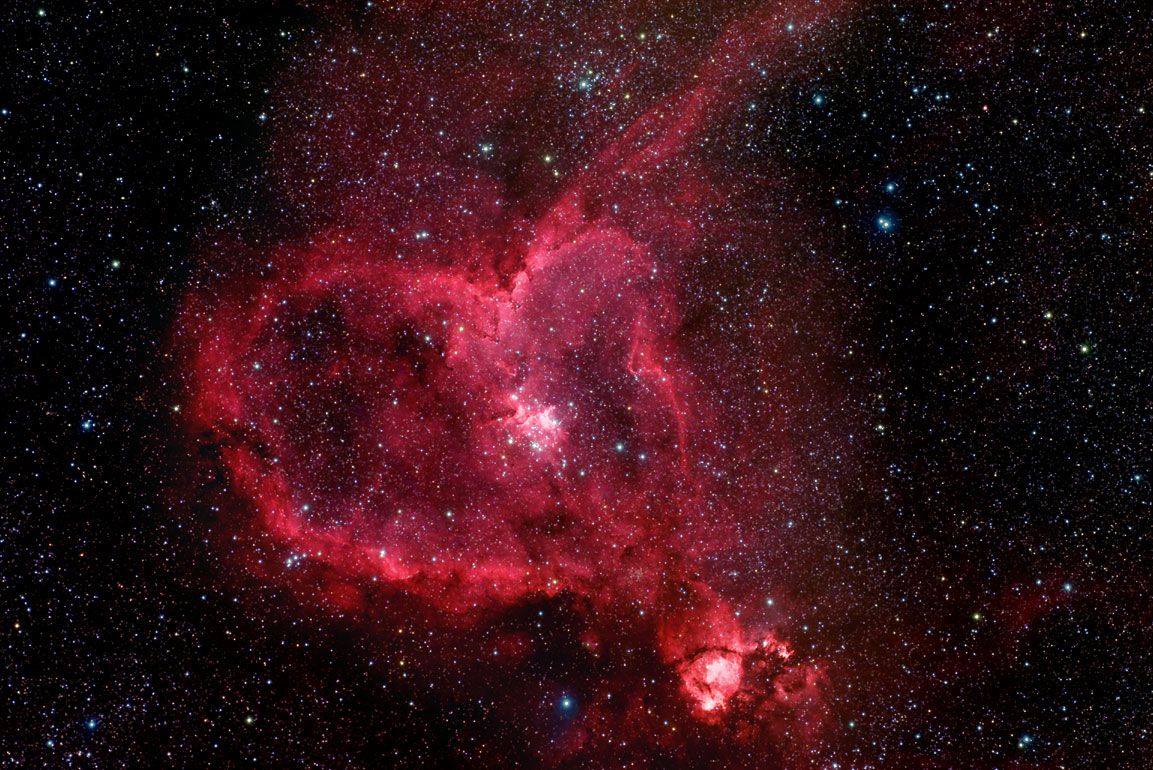
Space is unimaginably vast, ancient and—romantic, it turns out. Why be content with earthly flowers when space has built them with stars?
Instead of chocolates, send your loved one a picture of the loveliest nebulae our galaxy has to offer.
Newsweek has selected the very best cosmic flowers, hearts and even jewelry to woo your sweetheart with this Valentine's Day.
A rose like no other
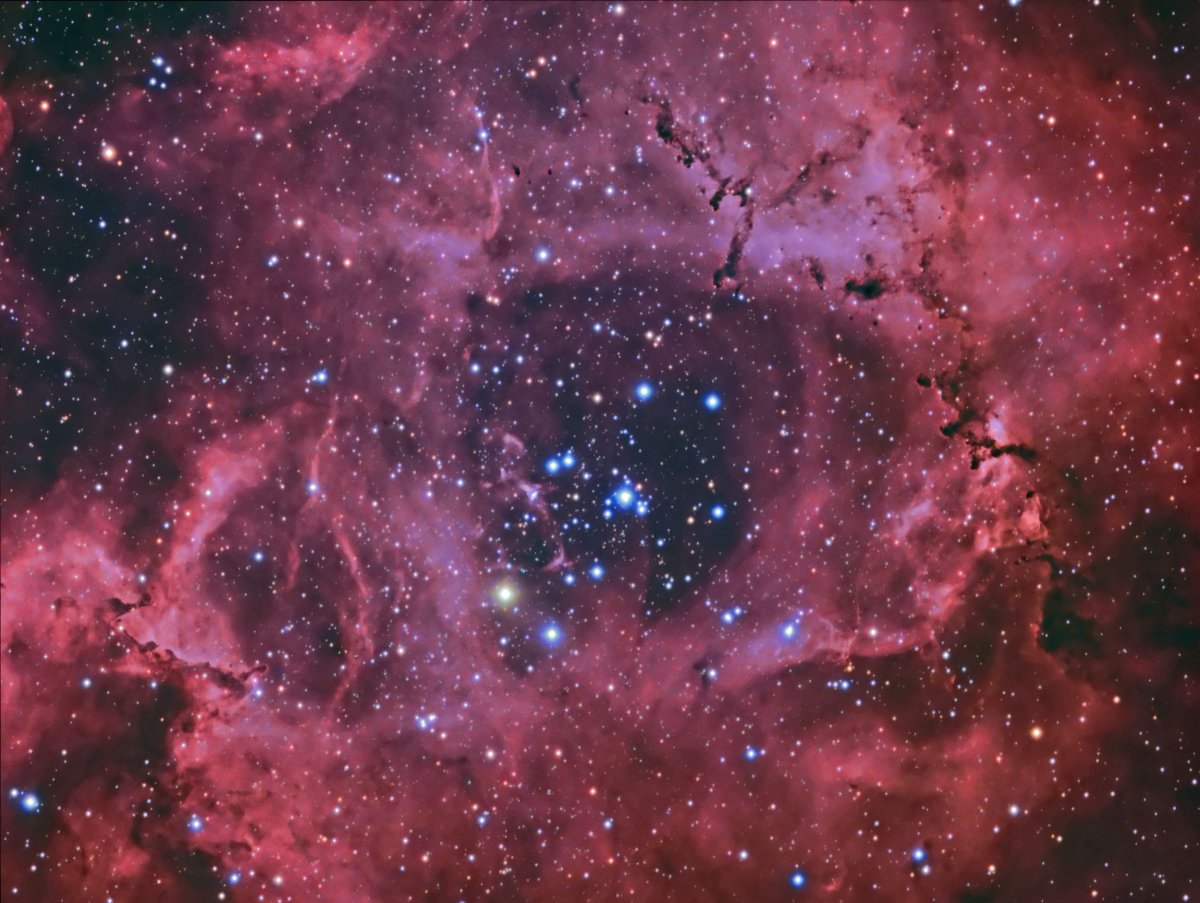
Forget a bunch of roses—what about 2,500 glowing stars?
The Rosette nebula sits in the Monoceros part of the Milky Way, approximately 5,000 light years from Earth. This large cloud of dust and gas is home to thousands of young stars. It houses some particularly bright and rare blue-white O-type stars, which glow incredibly hot and bright.
The heart of the galaxy
The Heart Nebula sits in the Perseus arm of the Milky Way, in the Cassiopeia constellation about 7,500 light years away. Its intense red output comes from a few bright—and lots of very dim—stars that sit in an open cluster formation near the center of the nebula. This group is known as Melotte 15.
A ring unfurls into a flower
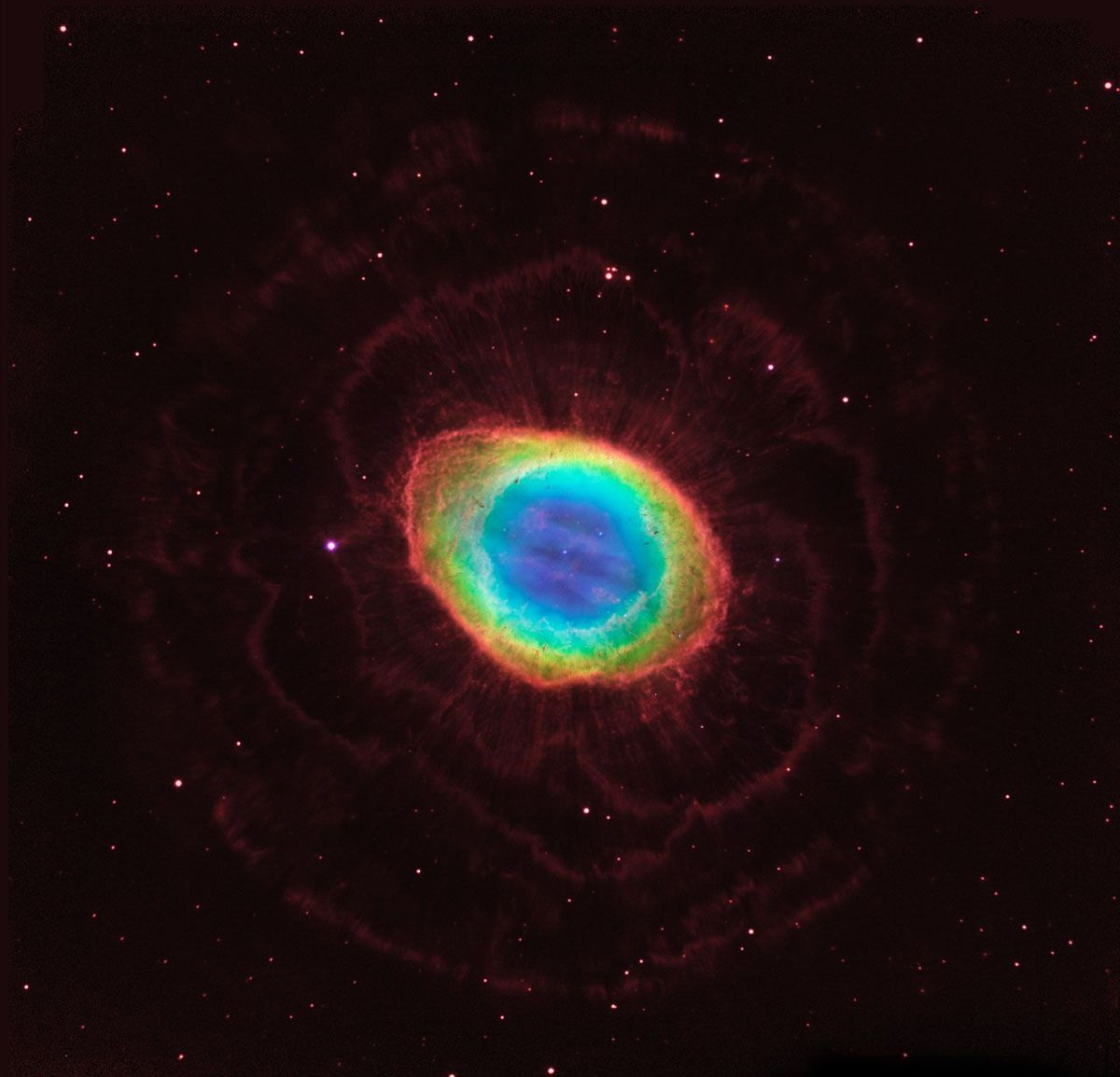
If you aren't a fan of roses, this Hubble Space Telescope image of the Ring Nebula looks more like a peony. Sitting to the north of the Lyra constellation, a shell of charged gas balloons from a red giant star formed this stunning planetary nebula. The peony's petals are faint outer shells expelled from the star as it ages.
Star-crossed lovers
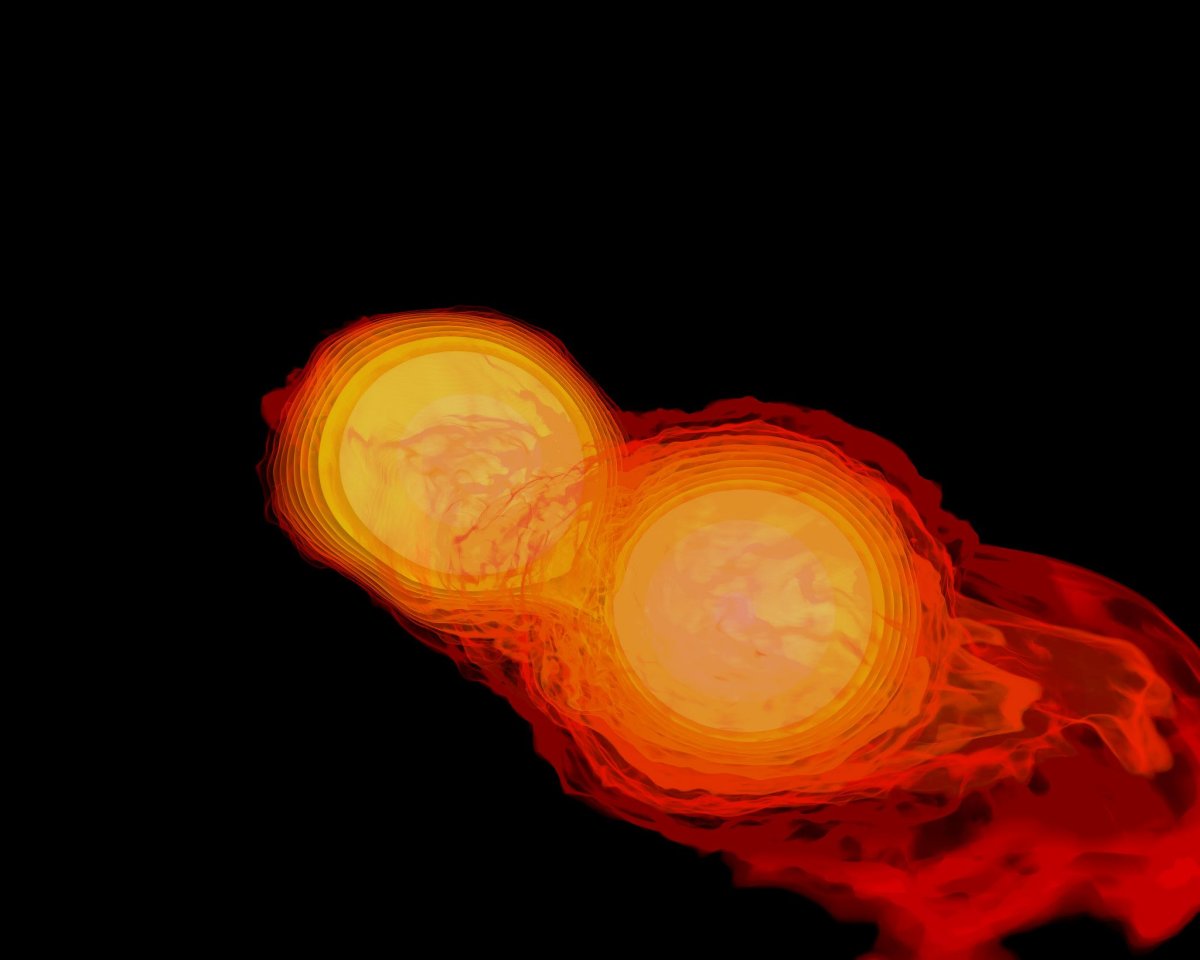
Last year, astronomers caught a glimpse of a massive neutron star merger more than 100 million light years away. This collision was so powerful it forged a black hole and sent gravitational waves rippling through space. The merger also sent ripples through the scientific community, who are racing to explain its impact on dark energy theory and our understanding of gamma ray bursts.
Diamonds are a girl's best friend
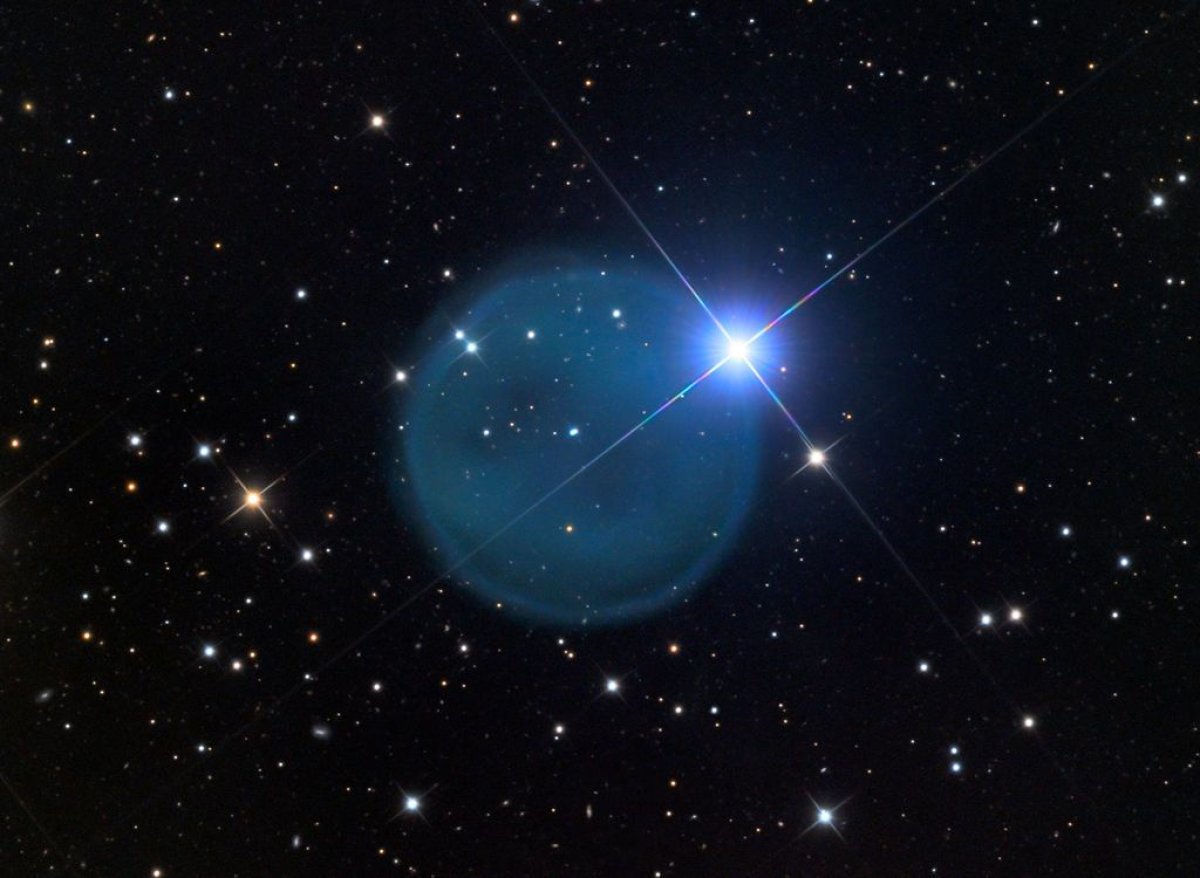
If you are feeling especially committed this Valentine's Day, you could send this image of Abell 33 to your sweetheart. Sometimes called the Diamond Ring Nebula, it sits about 2,700 light years from Earth in the constellation Hydra. Bright foreground star HD 83535 gives the nebula its diamond ring effect.
How deep is your love? 13,500 light years, precisely
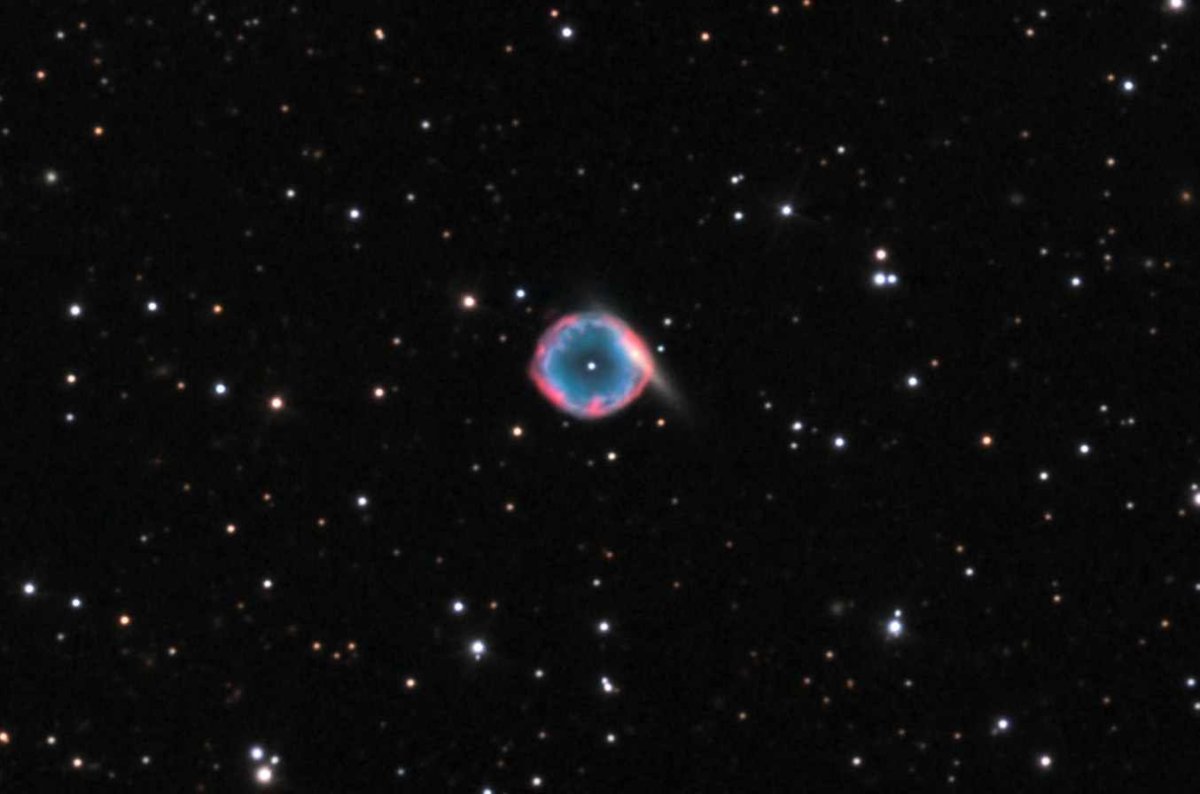
Abell 33 is not the only "diamond ring" nebula. Located much farther away, Abell 70 lies between 13,500 and 17,500 light years from Earth. This time a galaxy gives the nebula its diamond glow: PMN J2033-0656 beams out from behind Abell 70.
Uncommon Knowledge
Newsweek is committed to challenging conventional wisdom and finding connections in the search for common ground.
Newsweek is committed to challenging conventional wisdom and finding connections in the search for common ground.
About the writer
Katherine Hignett is a reporter based in London. She currently covers current affairs, health and science. Prior to joining Newsweek ... Read more
To read how Newsweek uses AI as a newsroom tool, Click here.








